- Antipasti
- Bella Italia
- Dessert
- Drinks
- Favorite Italian recipes
- Main courses
- Pasta
- Pizza
- Side dishes and salad
- Tips & Knowledge
Moretum recipe – Roman cheese specialty
One of the recipes that was served almost daily in ancient Rome was moretum, a vegetarian or even vegan spread that was prepared in the mortarium grater and after which the cream is named. You can use a mortar to try out the recipe.
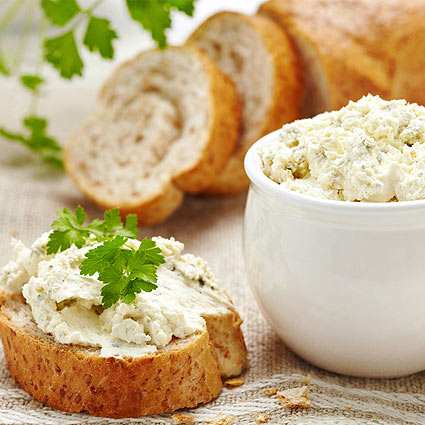
Moretum – A recipe from antiquity
If you love Italian cuisine or are generally interested in history, it’s worth taking a look at ancient Roman cuisine. A cuisine that had to do entirely without potatoes, tomatoes, peppers, corn, pumpkin and turkey, as these ingredients were not available until the discovery of America. Even chickens and chicken eggs were not included in the diet until late antiquity. The fact that the (rich) Romans did not have to go hungry is shown by the feasts that are still legendary today, including those of Lucullus organized by Lucullus.
One of the recipes that was served almost daily was moretum, a vegetarian or even vegan spread that was prepared in the mortarium grater and after which the cream is named. You can use a mortar to try out the recipe.
The source for the traditional recipe is a poem in 122 hexameters by Virgil called moretum. In the writing De re rustica (=of country life), the recipe is described in a variant with walnuts.
The ingredients for Moretum
For the preparation you need 150 g pecorinofreshly grated. It is of course most authentic with Pecorino romano DOP. Add 3-5 peeled garlic cloves, 20 coriander leaves, 1 sprig of rue leaves, some fresh celery greens, 20 ml balsamic vinegar20 ml olive oil and a pinch of sea salt. Rue leaves are difficult to obtain; you can replace them with wild garlic for a “variant of the province of Germania”. The pecorino can be replaced with walnuts.
The preparation of Moretum
The ingredients are crushed in a mortar and ground into a paste. They are then formed into balls and served with freshly baked bread. In the translation of Virgil’s poem reads:
“First the farmer digs carefully in the ground with his fingers and pulls out four garlic bulbs with their thick leaves; then he takes tender celery tips and strong rue and the thin stems of the trembling coriander. When he has gathered everything together, he sits down by the fire and sends the slave girl for a mortar. He sprinkles an onion with water and places it in the hollowed mortar. He seasons it with salt and then adds hard cheese. Then he mixes in the herbs. He crushes the pungent garlic with the pestle. Then he crushes everything in a circular motion to form a mixture. Gradually, the ingredients lose their own shape; the many colors become one, not quite green, because the white brightens it, not brilliant white, because the many herbs color it. And the work continues: the pestle no longer grinds in heavy bursts as before, but now slowly makes circles. Then the farmer drizzles in a few drops of Athene’s olive oil, adds a little sharp vinegar and continues to work the mixture. Finally, he runs two fingers around the mortar and collects the whole mixture into a ball, as if he were preparing moretum. Meanwhile, his busy wife has baked a loaf of bread.”

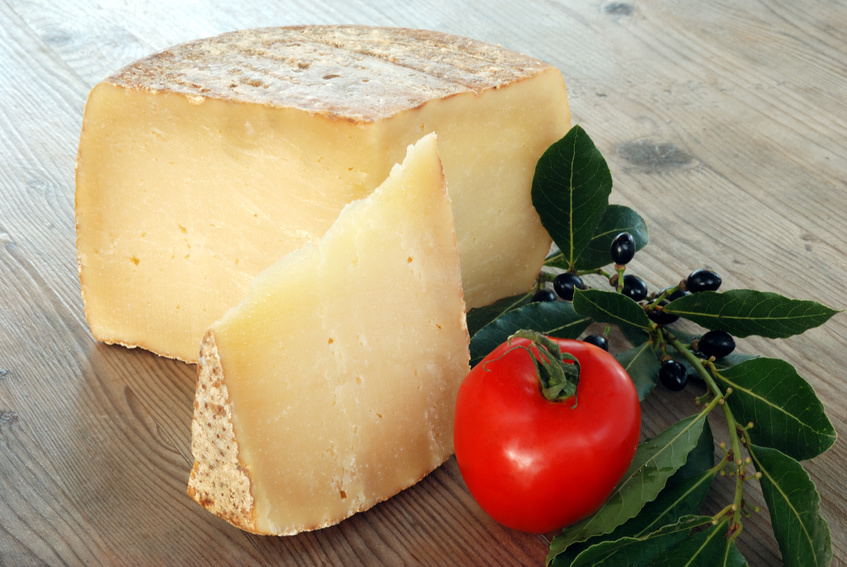
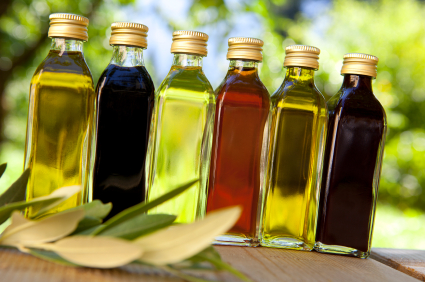
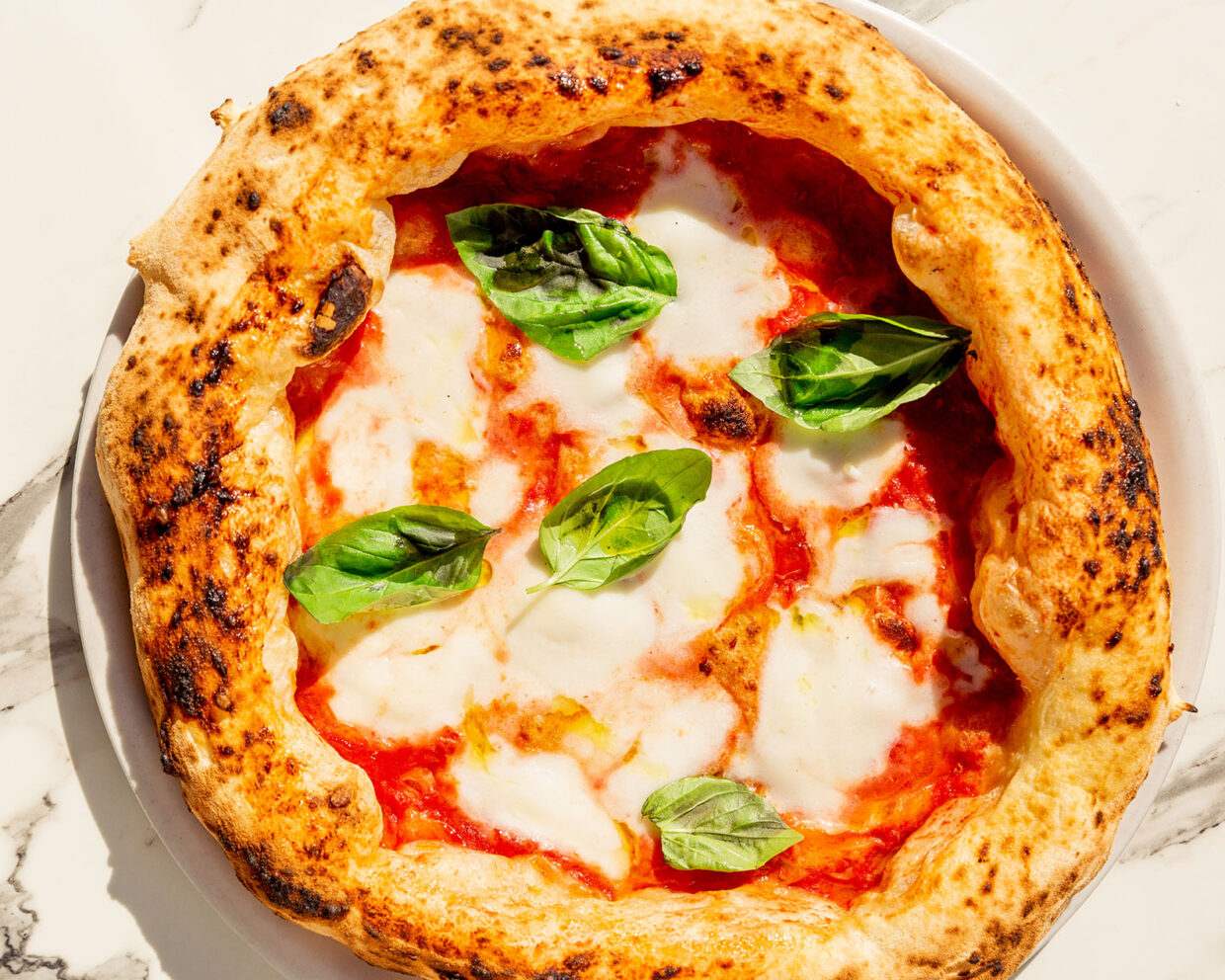
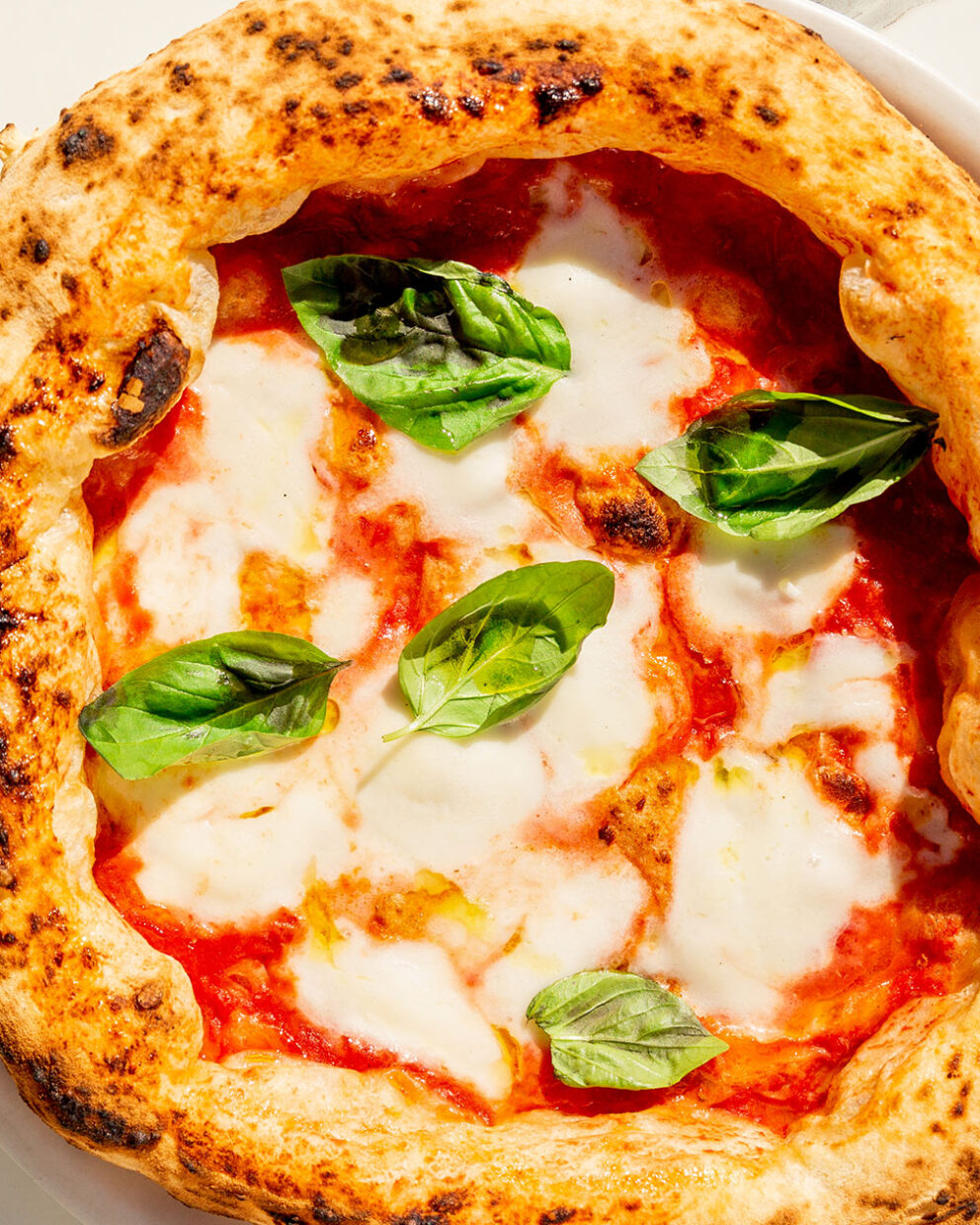
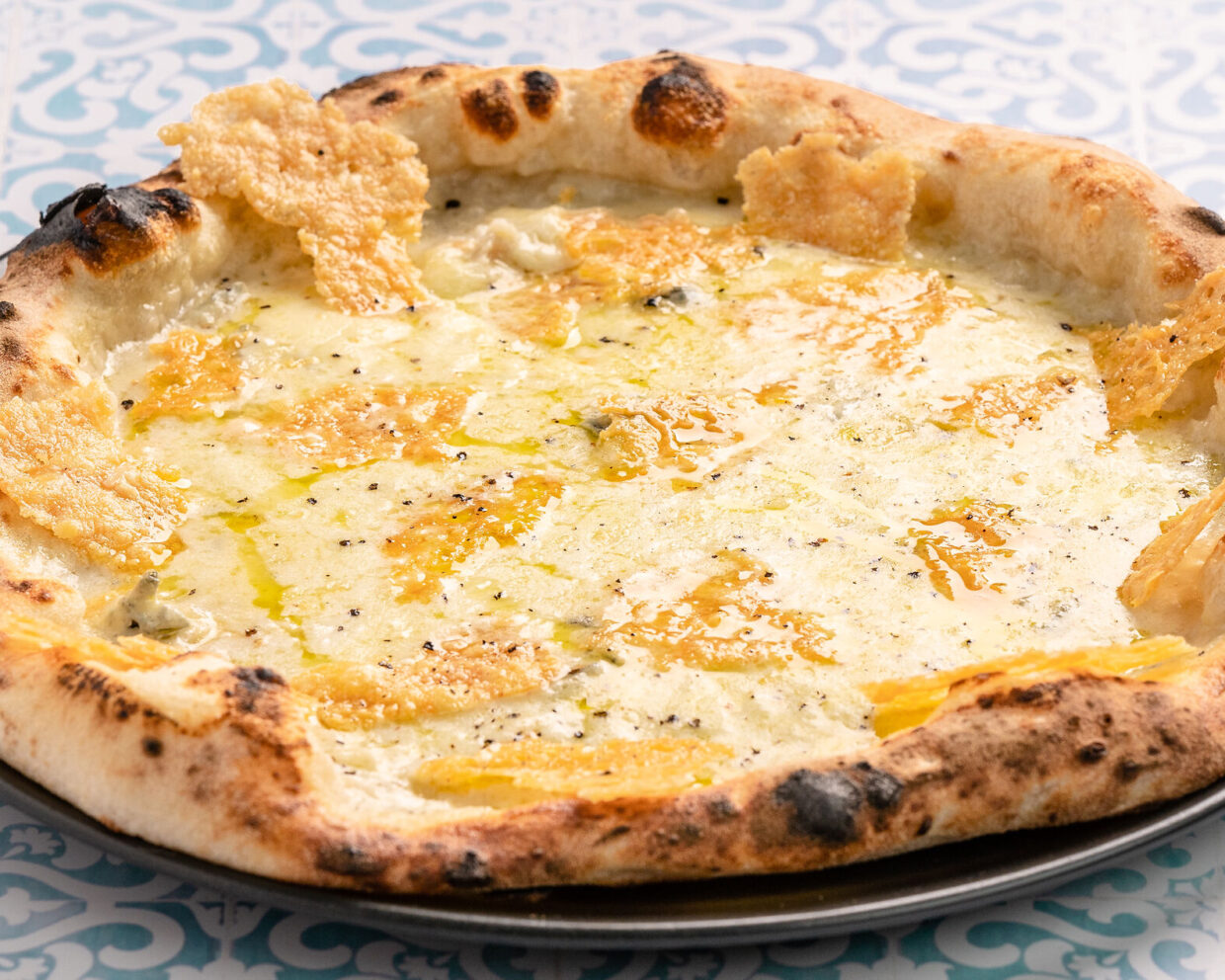
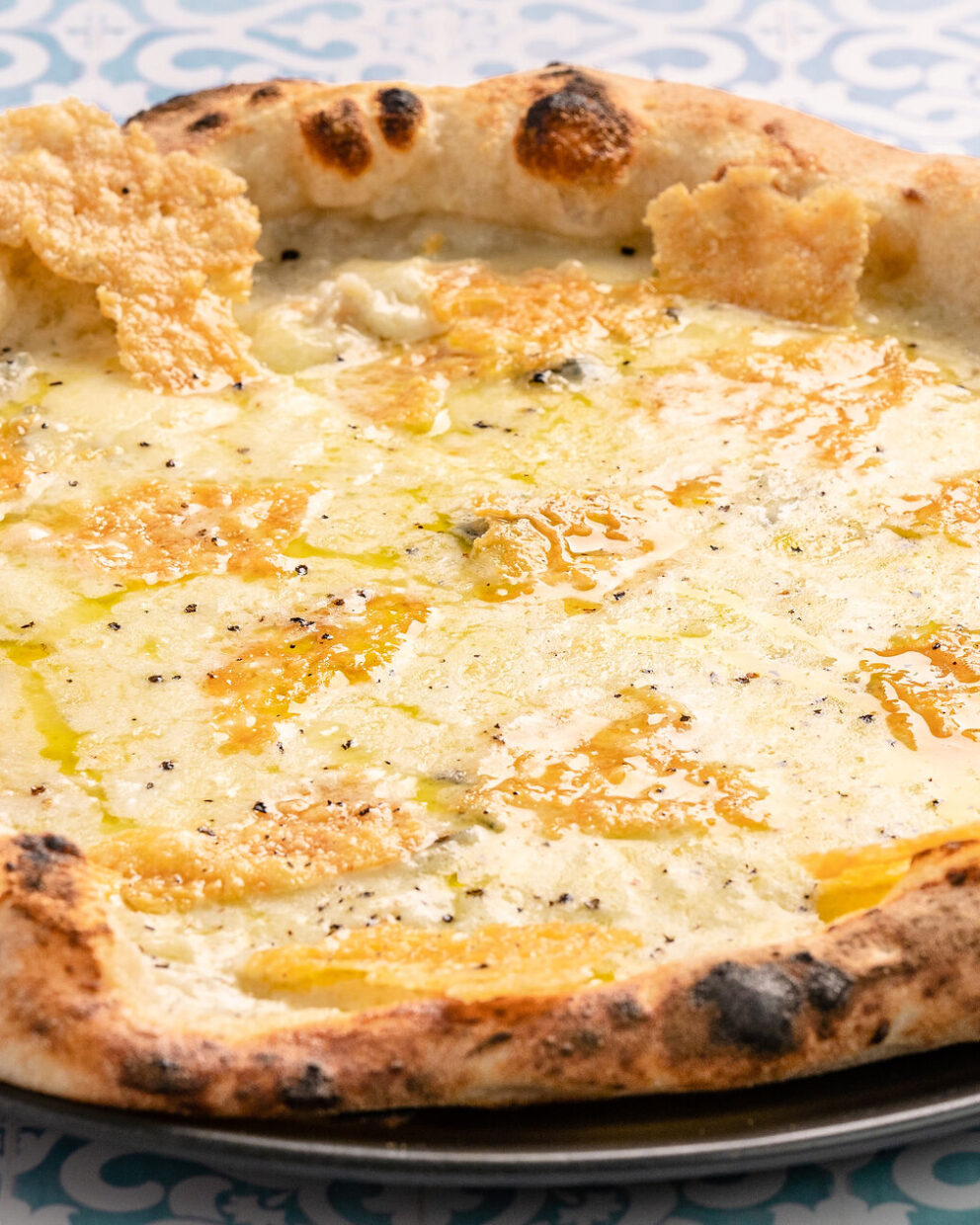
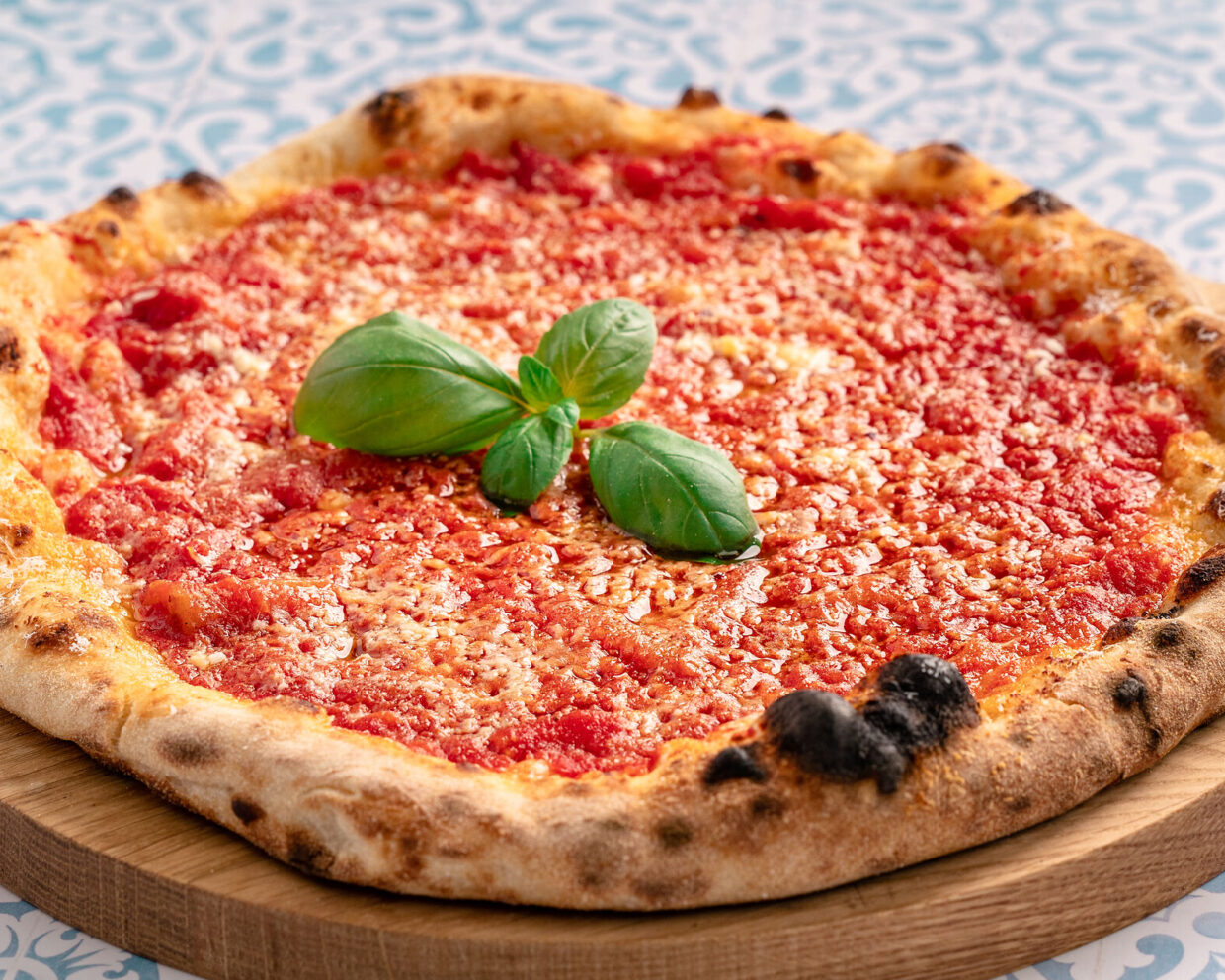

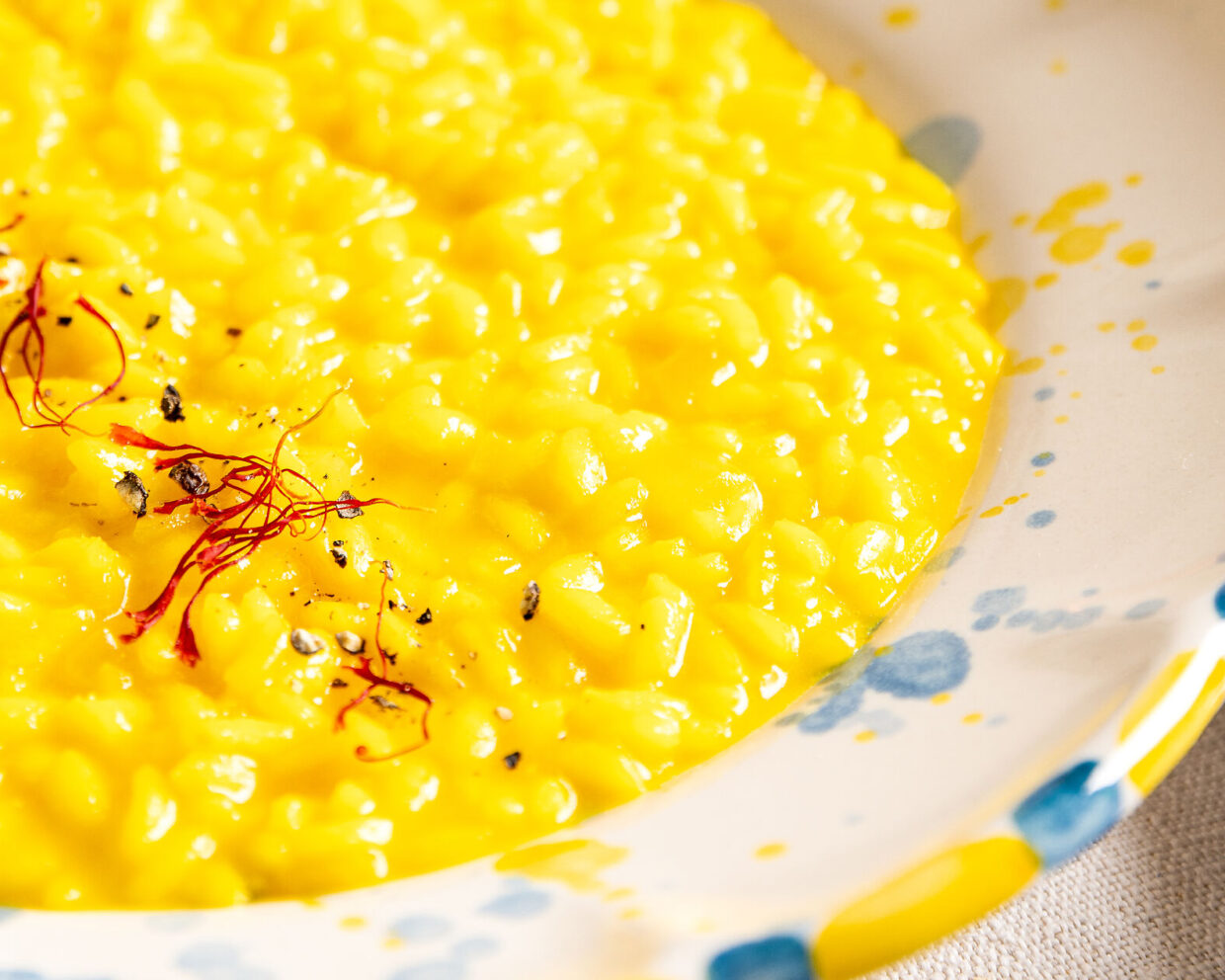
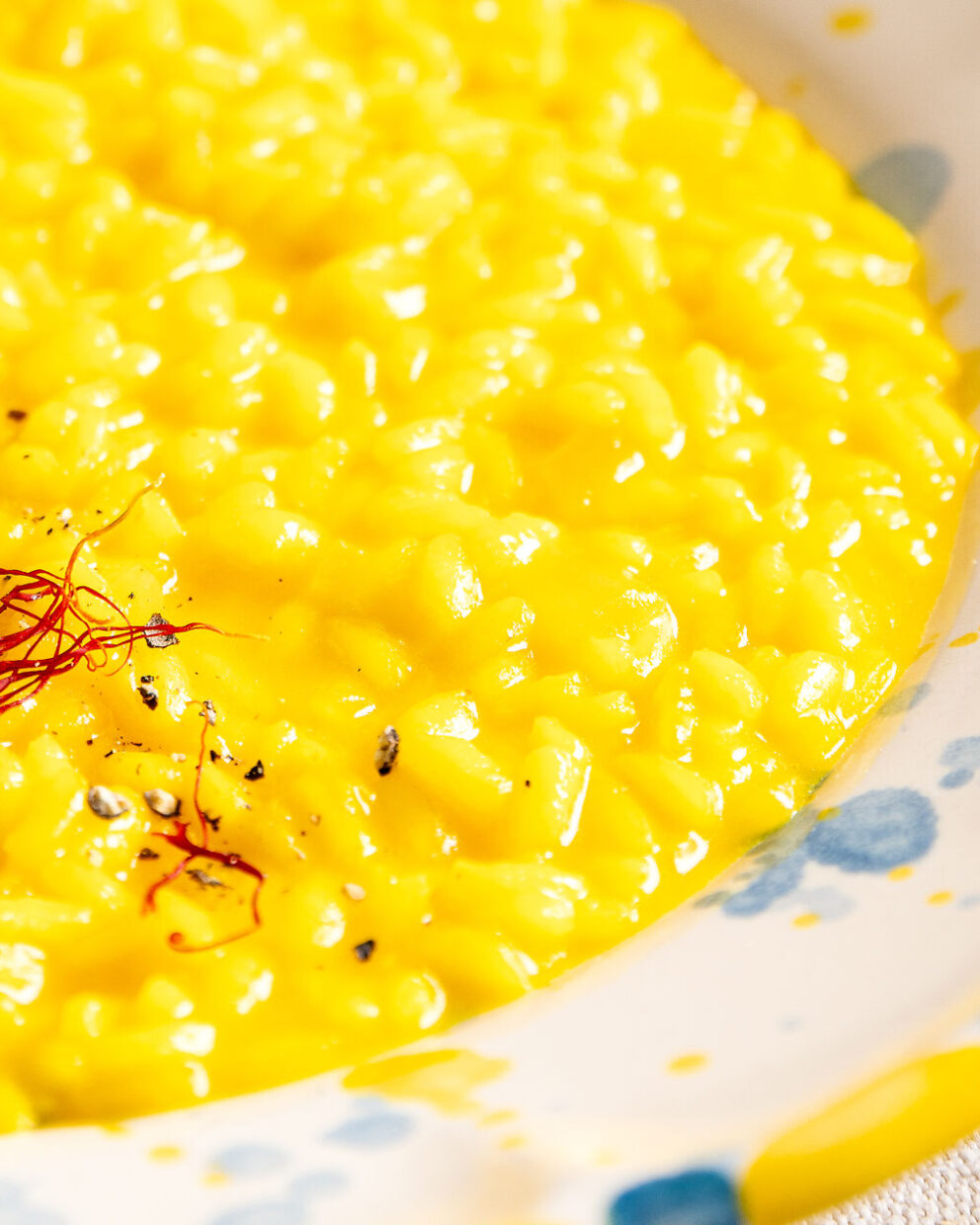
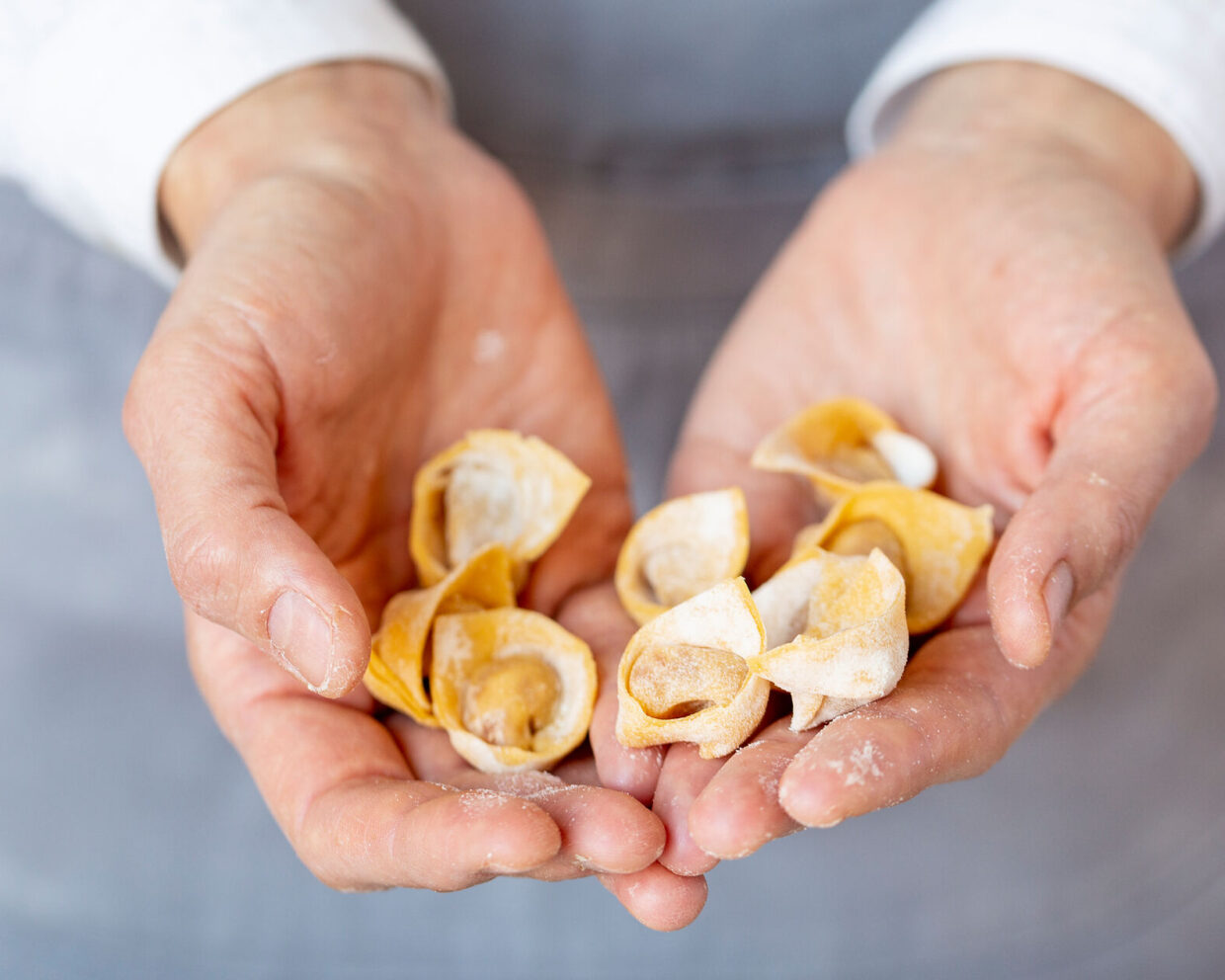
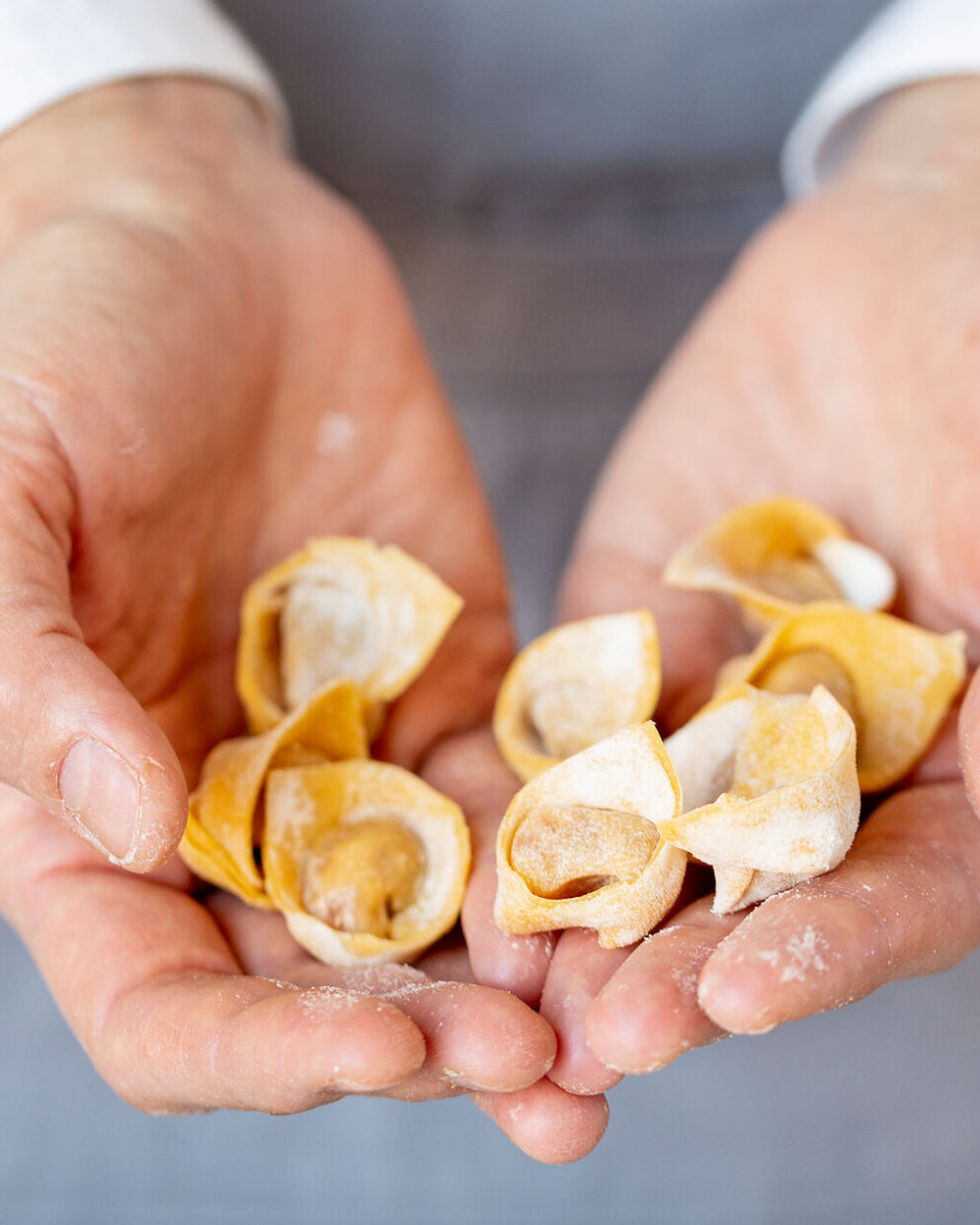
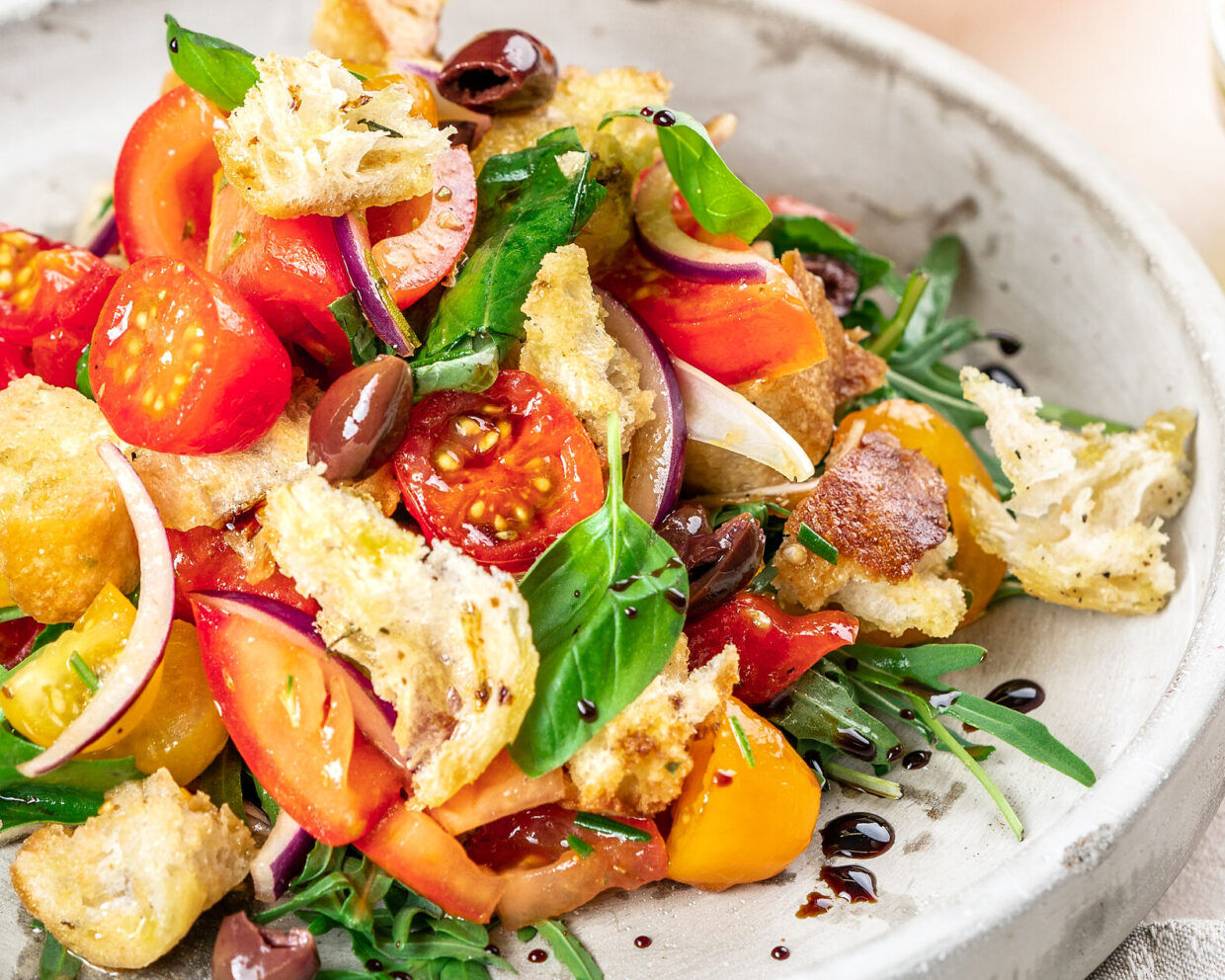
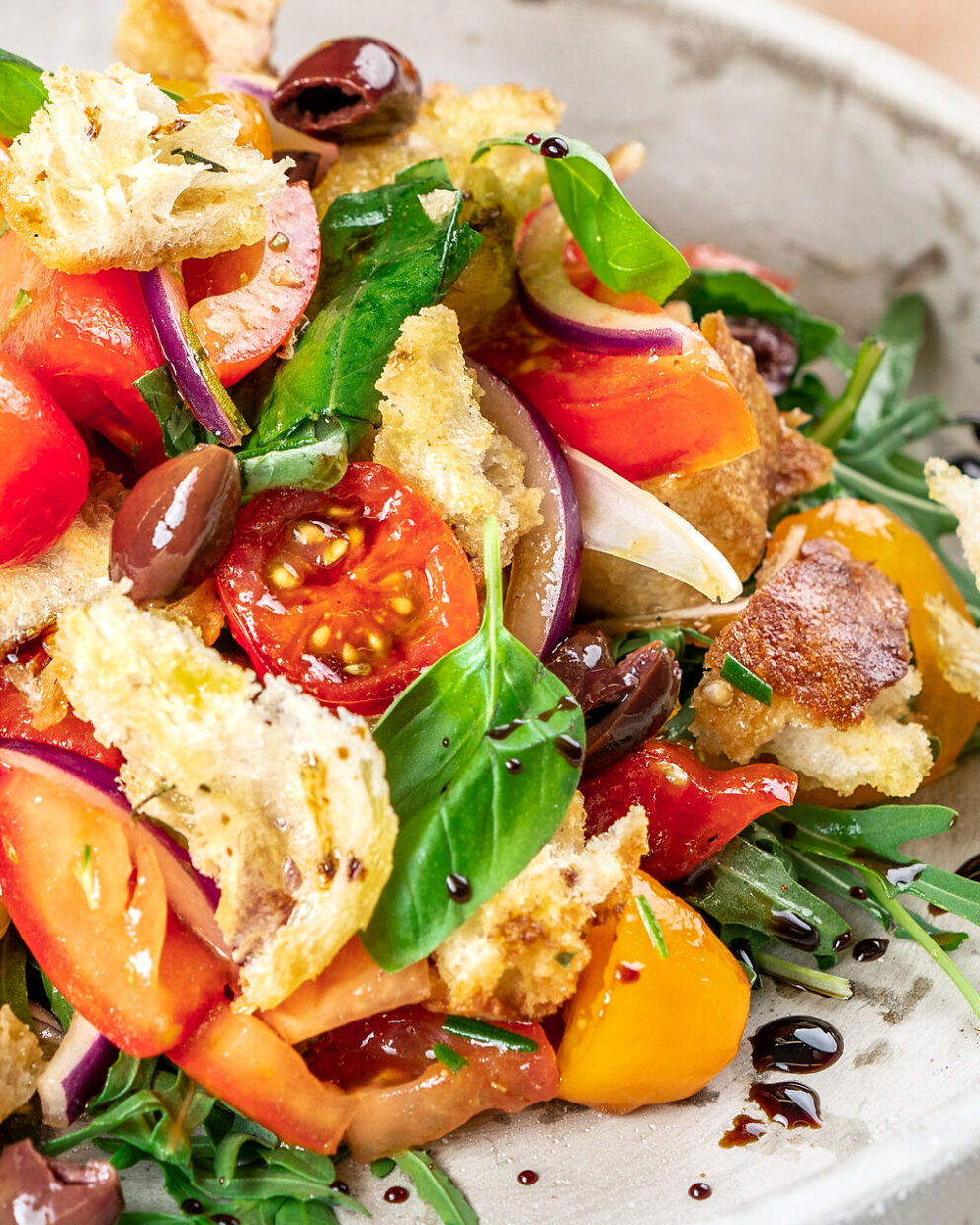
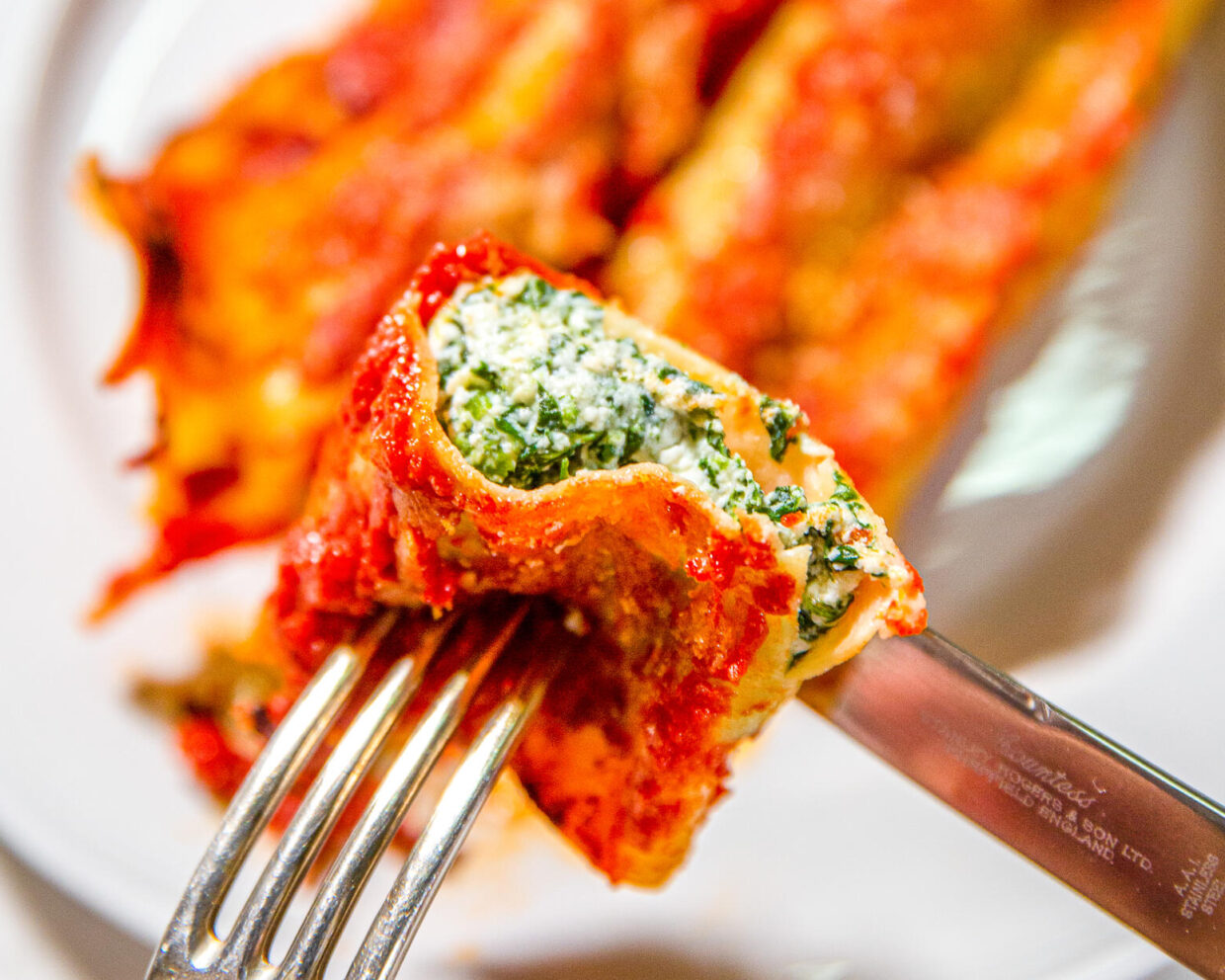
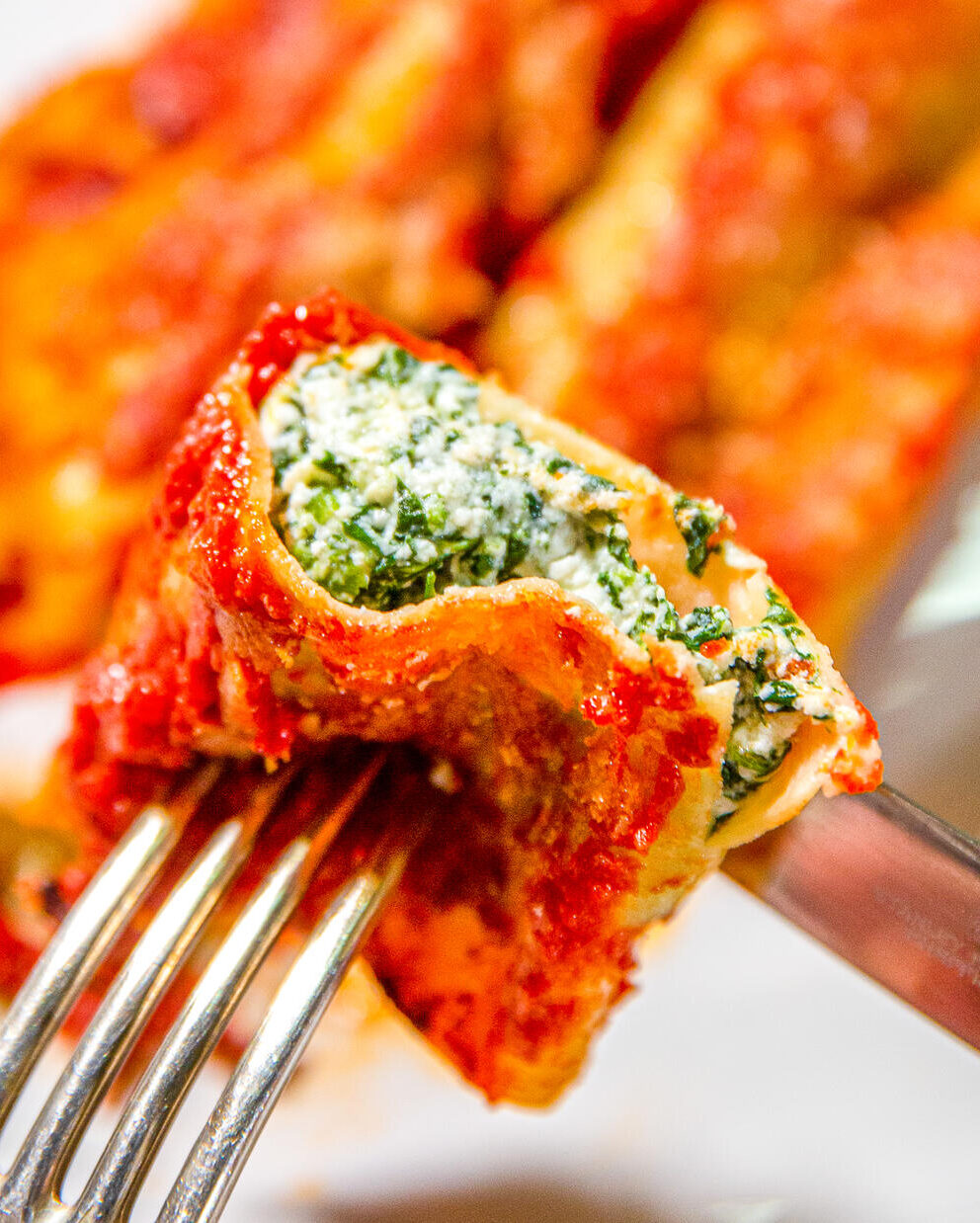
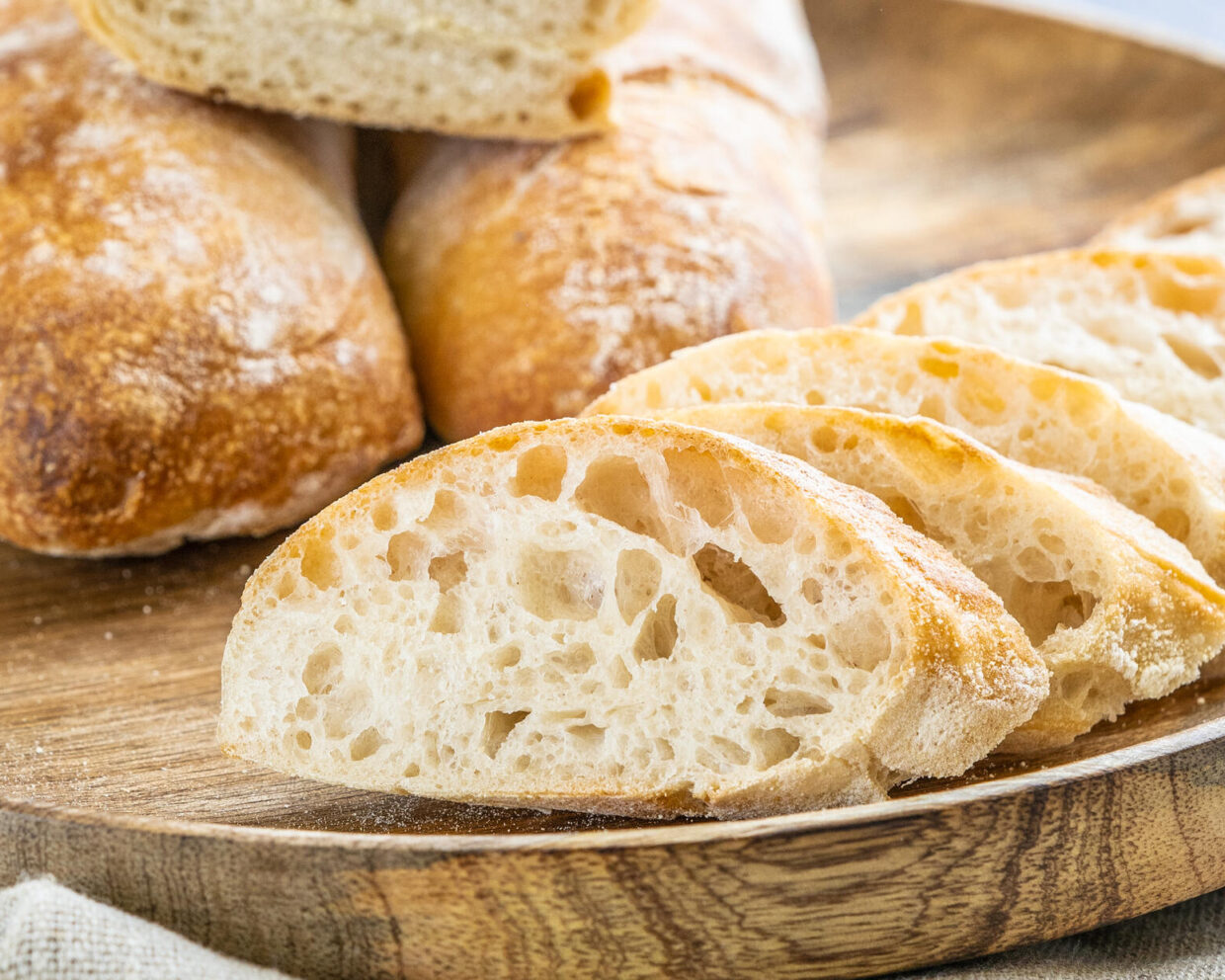
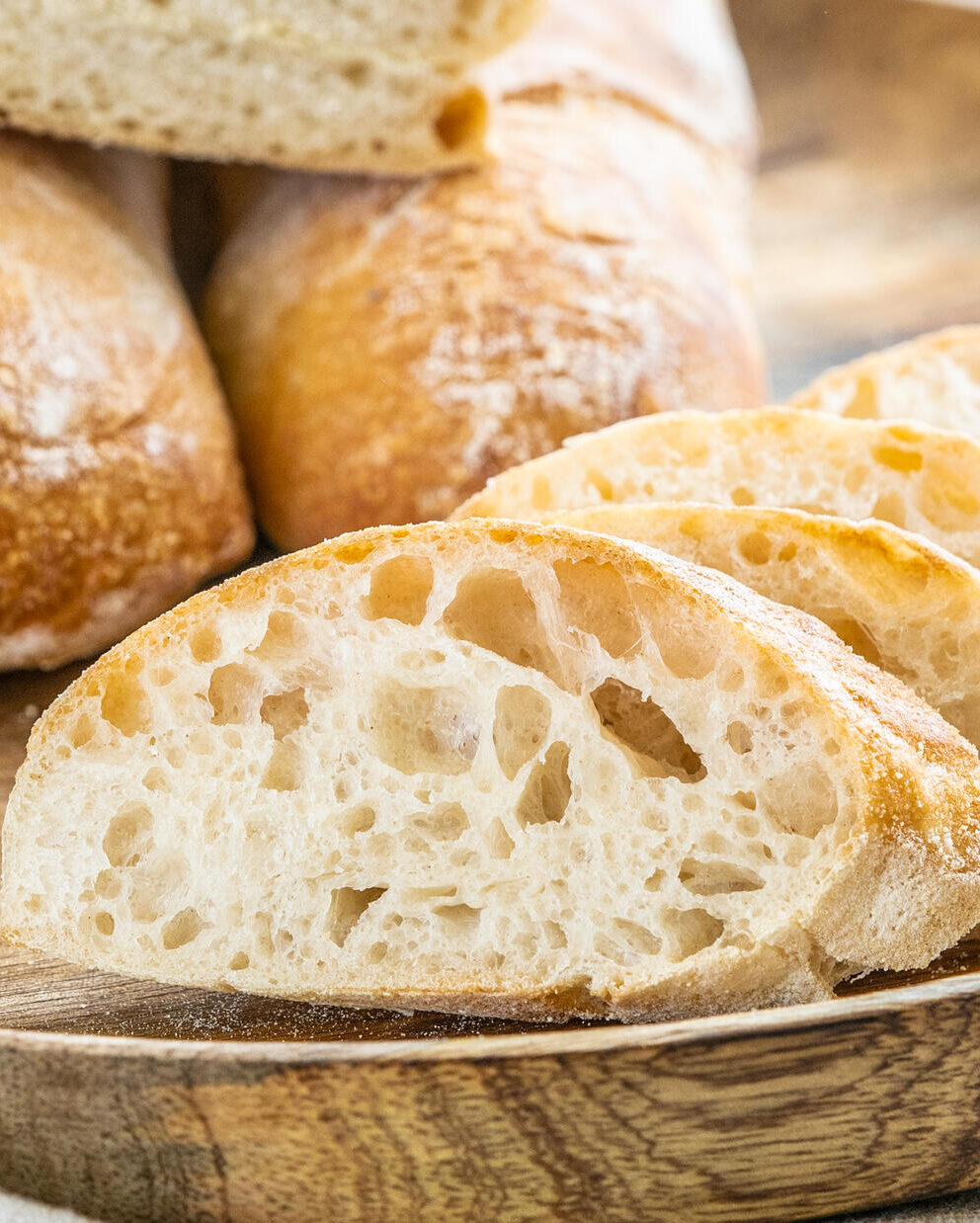
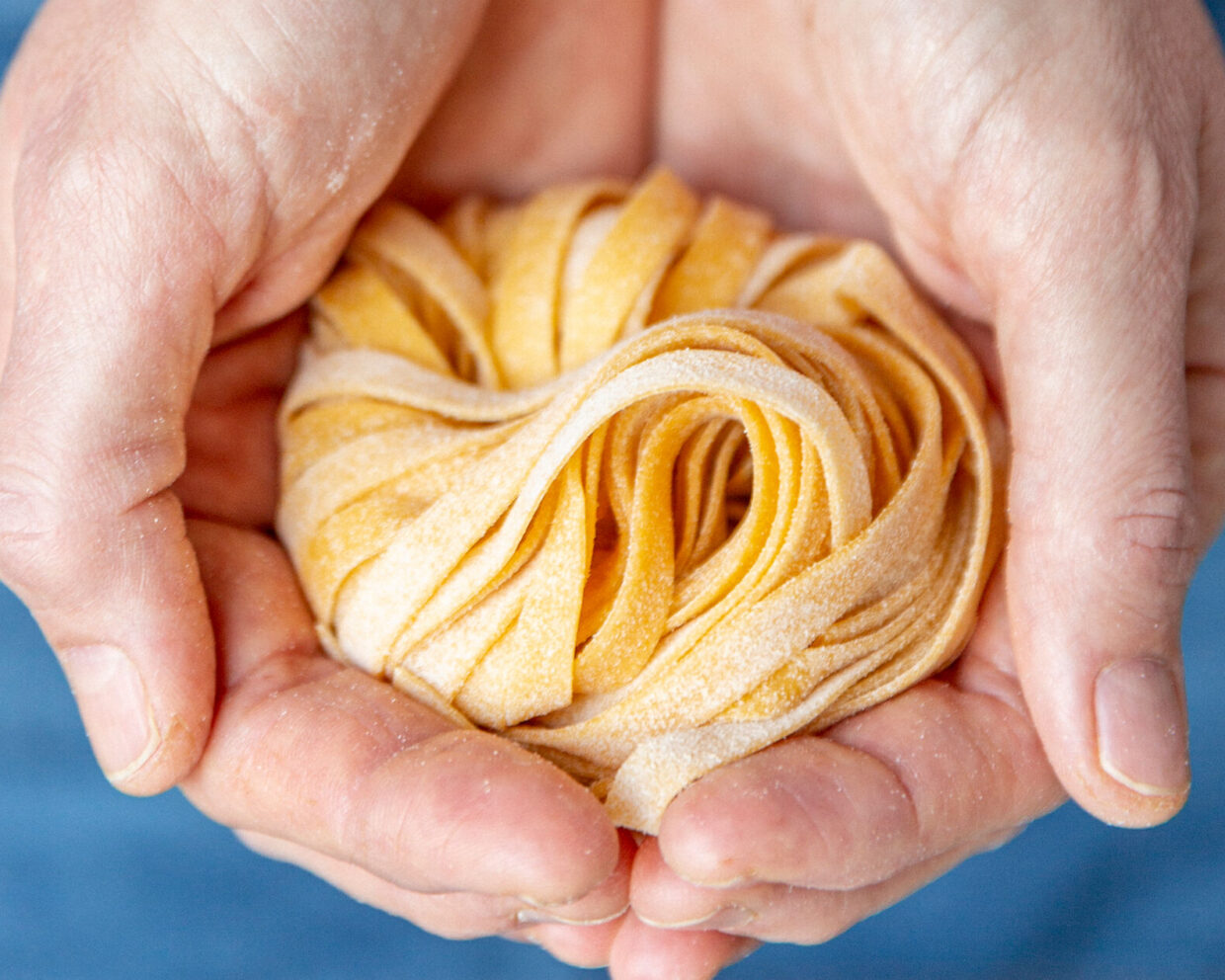
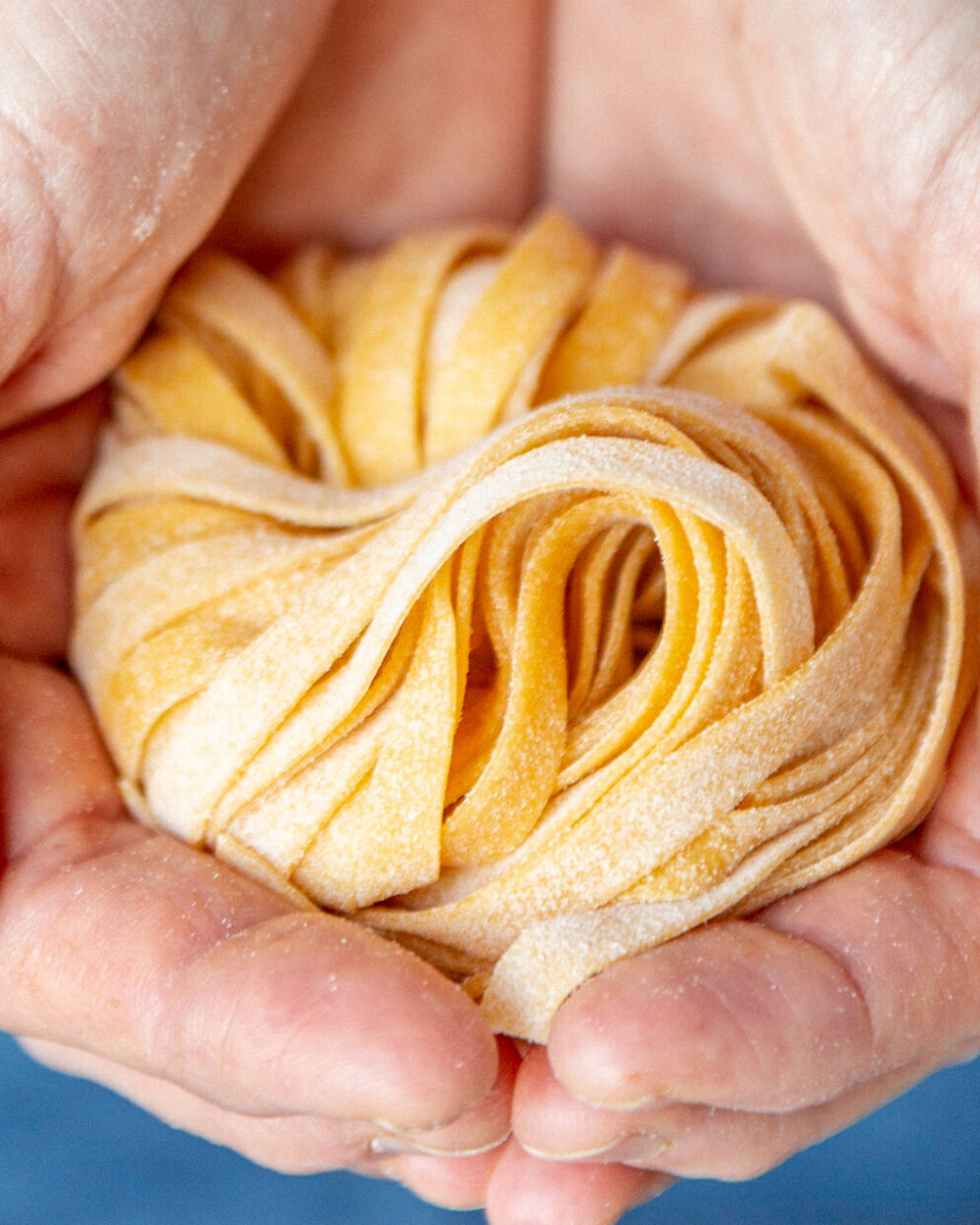
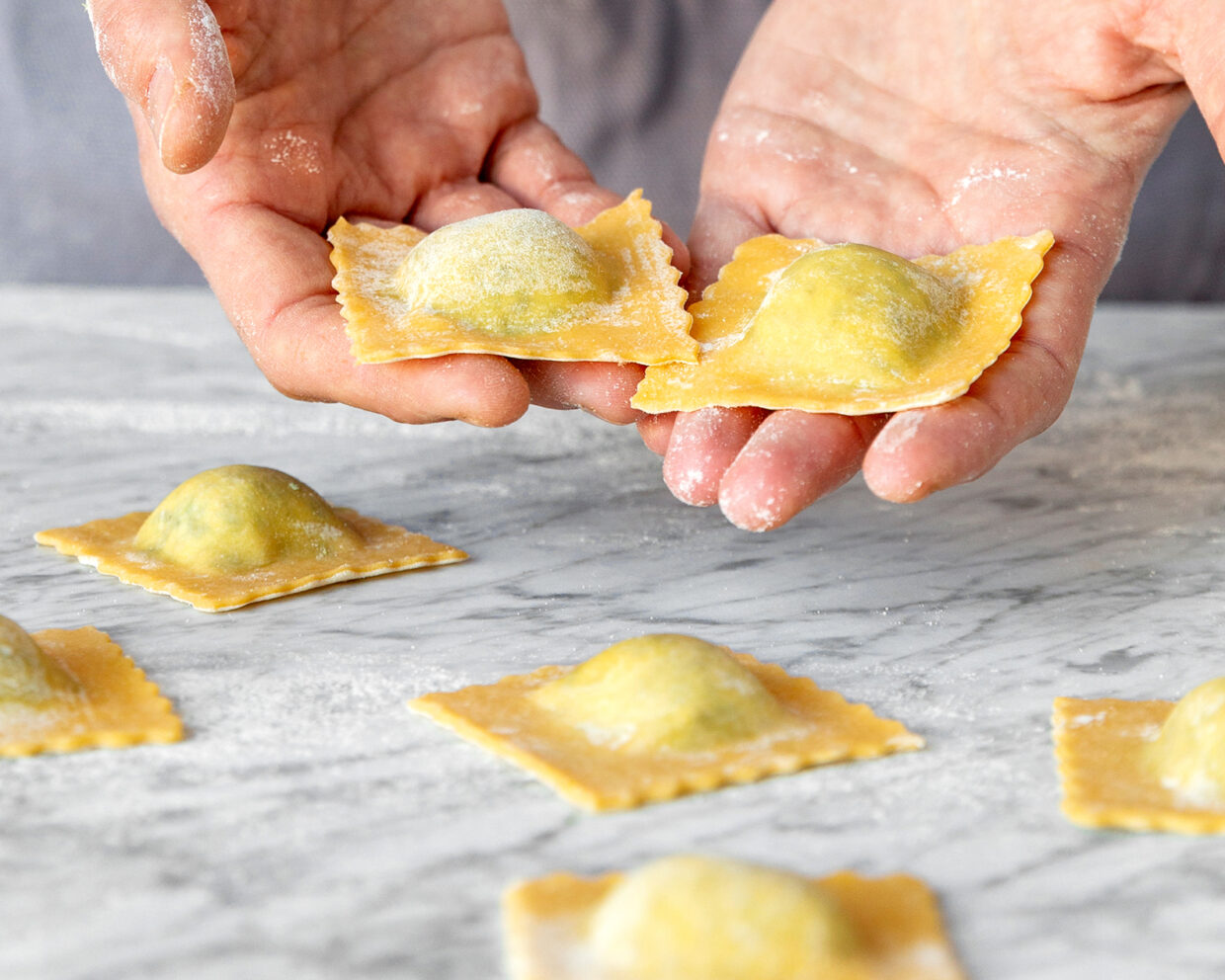
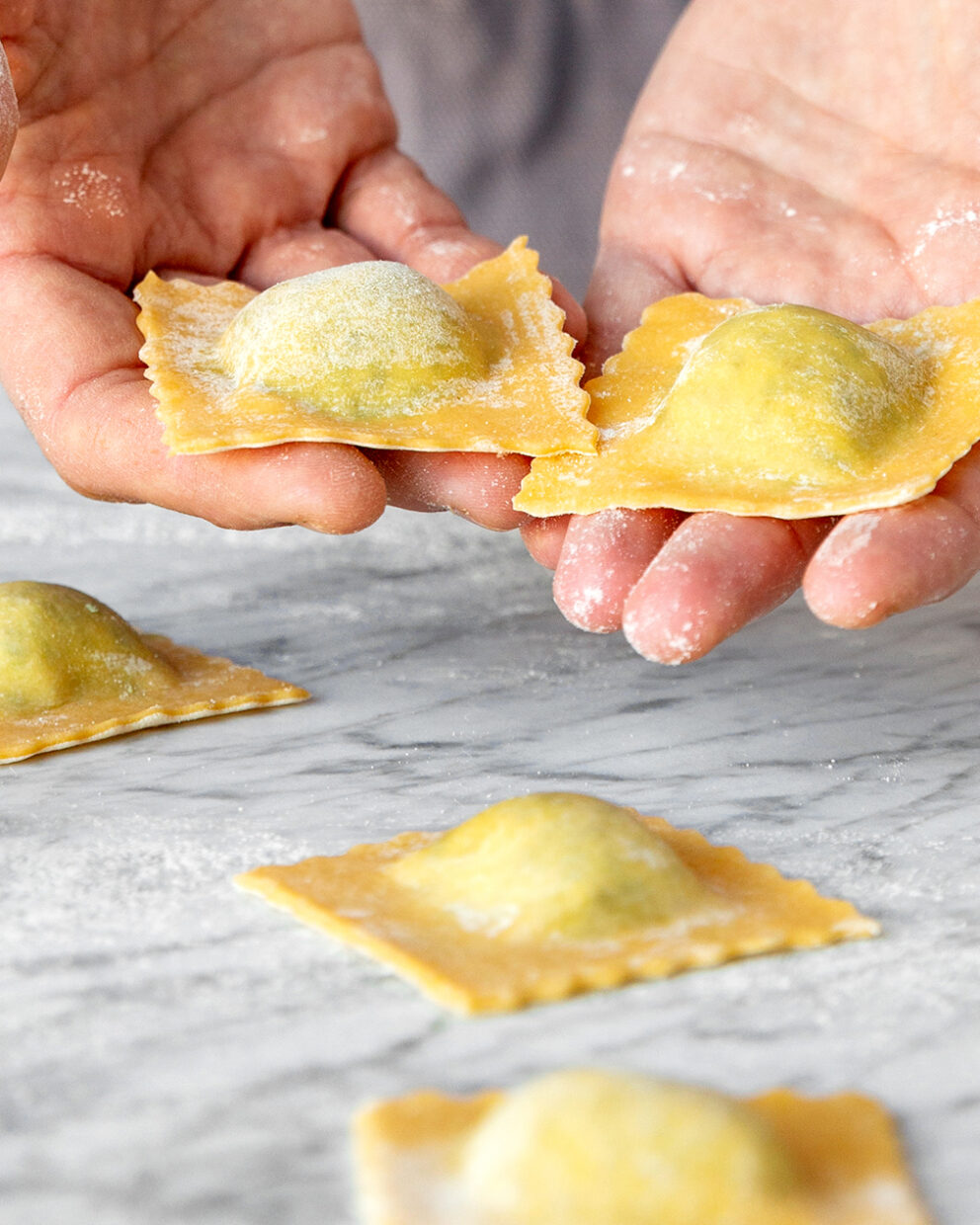
Want to share your thoughts? We're excited to hear what you think of the article. Tell us about your ideas, tips or questions! Leave a comment and share your knowledge with the community. Your opinion counts.
Write a comment